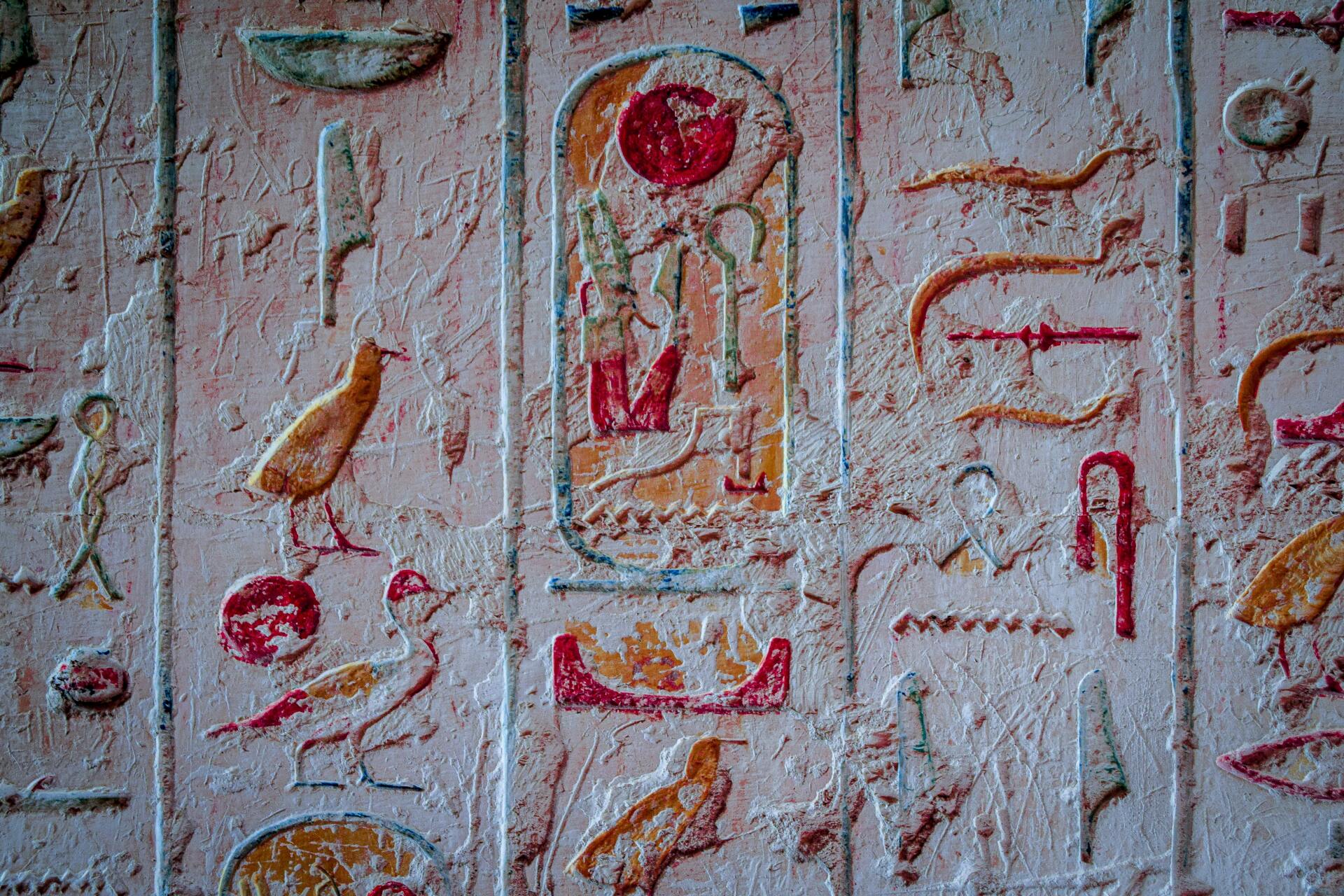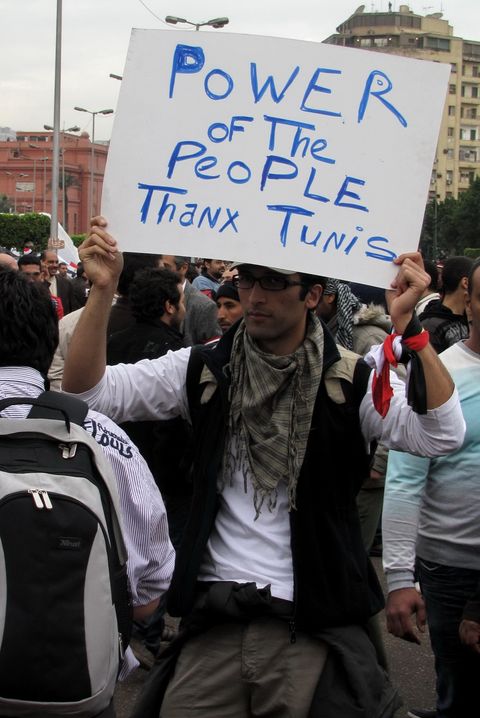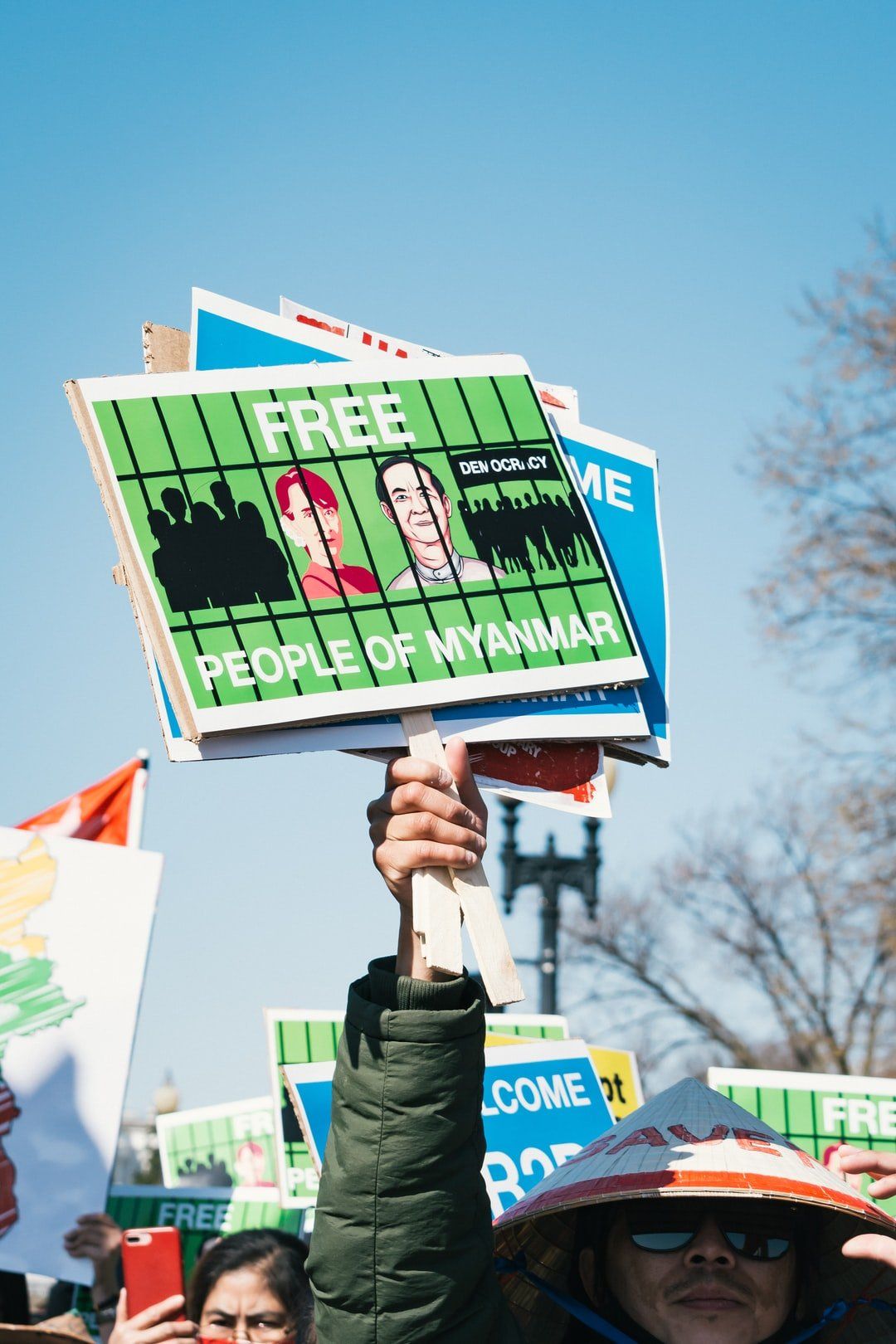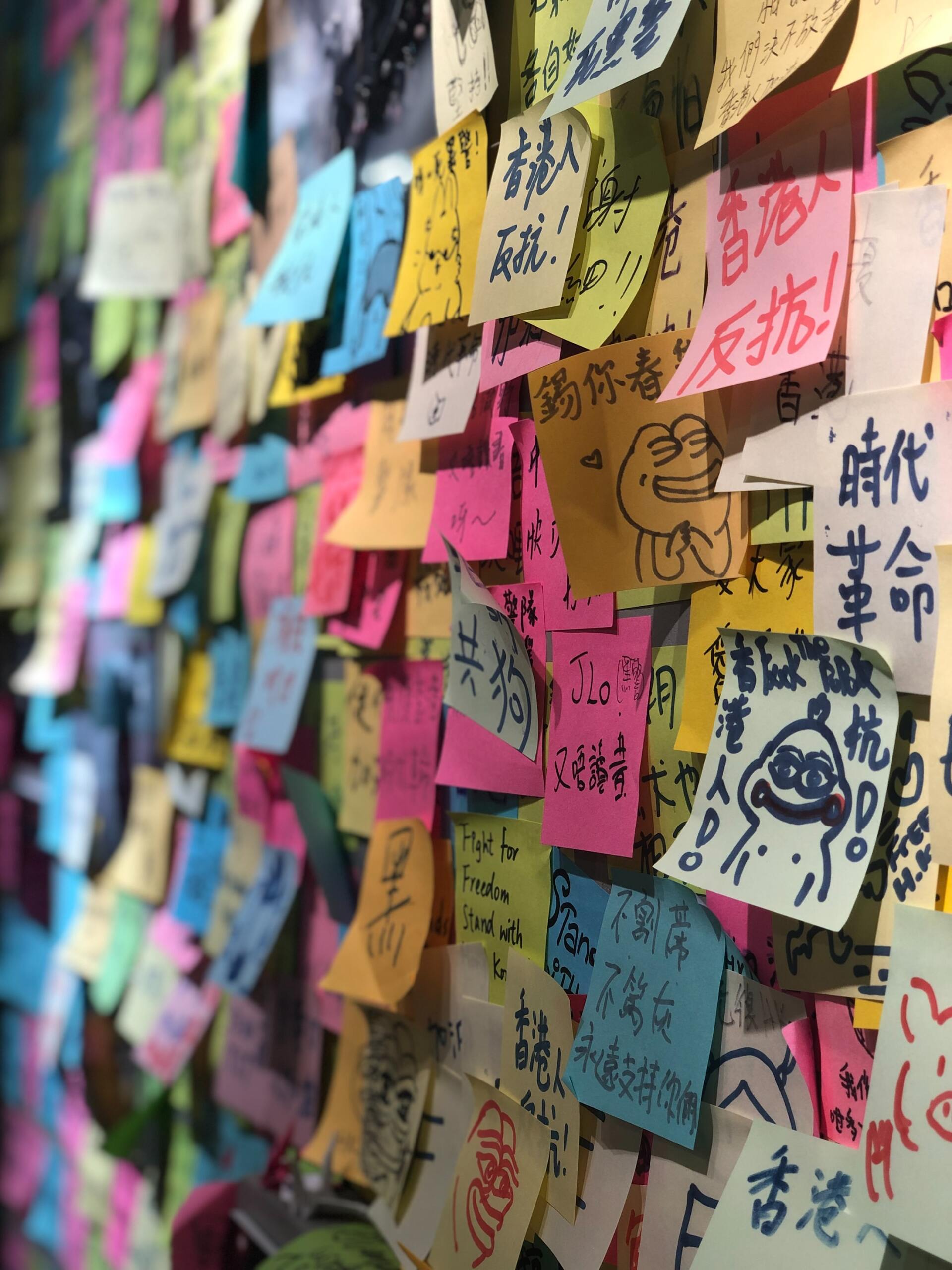DIGITAL DEMOCRACY
Internet & Arab Spring
By Elena Douvika
August 30, 2020
Historically coming from an effort to interconnect computers in the United States, it later involved international collaboration. Gradually, it led to “the network of networks”, the global system of interconnected computer networks that enables the communication between networks and devices. Since the primary purpose of the internet is connection, it seems that creating social relationships and spreading information is inevitable.
Why the internet poses a threat to autocracies
The circulation of information and the establishment of social relationships is perceived as a problem to regimes that strive to keep information sharing as well as the freedom of association under tight control. This is why autocracies are trying to restrain access to the internet or block the use of some websites, mostly those identified as social media and more precisely social networks. These can be defined as being online platforms used by people to build social bonds with others sharing identical interests. The perception of these platforms as a danger is not unfounded since social media and the internet have been of massive importance in numerous popular uprisings during the past years. One shining example is the Arab Spring, dubbed as “the social media revolution” due to the widespread use of social network platforms. Their presence could be perceived as a cornerstone mostly in Tunisia, where the revolution started, and Egypt. These were the first countries to resort to massive protests as well as the only ones to oust their leaders in a somewhat peaceful way.
Tunisia: the spark of the social media revolution
In Tunisia, the internet played a critical role in spreading awareness amongst the population. According to Samir Ghezlaoui, data on WikiLeaks that exposed the ruling’s family degree of corruption caused profound indignation amongst Tunisians. The self-immolation of Mohamed Bouazizi in Sidi Bouzid sparked protests as anger rose against the regime in place. Peaceful protests led to a popular uprising in Sidi Bouzid, that was not covered by traditional media. This gap in media coverage was fulfilled by social media platforms, and more precisely by Facebook and Twitter. Bloggers and activists called the Tunisian people to take the streets in order to protest for the events of Sidi Bouzid. Calls to protest multiplied via Facebook groups and Youtube videos, that were later diffused by Al Jazeera and the Arabic version of France 24. Most protests were arranged via Facebook groups that gave details concerning the protest, its demands, as well as its time and place.
The use of social media in the Egypian uprisings
Egypt is a similar case. Activists and regime’s political opponents used Facebook to denounce political oppression and corruption. They worked closely with the anonymous administrators of the page ‘We Are All Khaled Said’ which focused mainly on police violence. This page reached even people who were politically inactive in their lives, thus being used to contact new members. Its administrators, along with activists, organized real-life meetings where opposition to the regime was discussed. The people who came to the meetings slowly formed the circle of loyal followers, who organized the 25th of January protests. The calls for protests were published on Facebook, as well as the demands, the place, and the time. Most protests were arranged in different cities simultaneously, “which increased the protests’ visual and symbolic impact”, according to Killian Clarke and Korhan Kocak. Moreover, according to the same authors, “it made them harder to contain since security forces were forced to deploy troops to multiple sites.” Twitter was also used to update followers with live information about all events during the day. The use of Twitter benefitted protesters demanding live information and helped spread the news by using the “retweet” feature. What is more, Twitter’s hashtag feature allowed users to tag their texts, meaning that the hashtag’s popularity could lead in reaching out to many more followers nationwide as well as worldwide. Hence, Twitter was instrumental to spread news about the uprisings all over the globe.
The reason why these countries in particular turned social media into a cornerstone of the revolution is that their population was already familiar with the internet, and active on social networks. Tunisia, for example, was the regional leader of the internet connection since its internet penetration rate in 2010 was that of 104,7ii. Yet, this was not so much the case of Syria and Libya.
The internet: an information hub rather than the cause of the revolution
However, the internet should not be viewed as the main reason leading to popular uprising. This is because it was mainly conveying a message that was already present in daily lives of these countries. According to Aday, Sean, Henry Farrell, Marc Lynch, John Sides, and Deen Freelon “New [or social media outlets that use bit.ly links are more likely to spread information outside of the region than inside it, acting like a megaphone more than a rallying cry.” In conclusion, the information transmitted on social media, as well as the feeling of exasperation that was expressed was already widespread amongst the rebelling population. These platforms rather helped spread the message outside the region, and therefore transmit it to other countries whose population was living under the same conditions.
Read More


Watch Our Episodes





